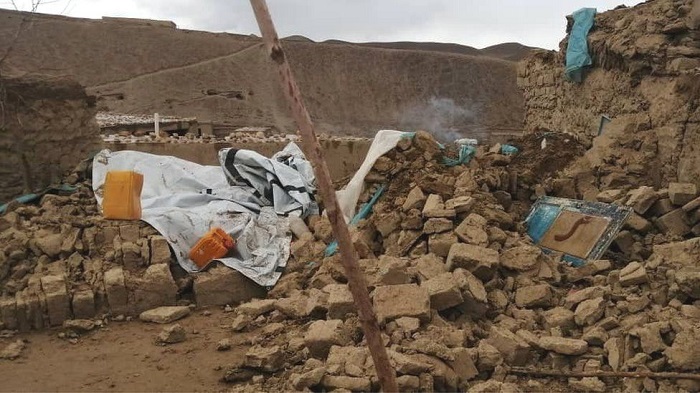A UN report warns that Al Qaida and Islamic states are strengthening in Afghanistan and are considered to pose threats to the outside world.
Al Qaeda, the militant Islamic State (IS) group, and other terrorist groups continue to pose a significant threat in conflict-affected regions and neighbouring countries, according to the 30th report of the Analytical Support and Sanctions Monitoring Team, established under UNSC Resolutions 1526 and 2253. However, both Al Qaeda and IS may attempt to strike in non-conflict areas.
Afghanistan, home to one of IS’s most thriving networks as well as Al Qaeda, has been of particular interest in light of next month’s commemoration of the first anniversary of the Taliban takeover, which was covered in the study. According to the report, “the situation in Afghanistan remains complex,” and terrorist organisations operating out of the
According to the report, Islamic State (IS) sees Afghanistan as a springboard for regional expansion toward the realisation of its “great caliphate” project, and is actively recruiting fighters from other terrorist groups in addition to luring disaffected Taliban fighters and dissatisfied local ethnic minorities. In addition, the group is able to recruit militants because its pay is larger than that of competing militant groups.
According to the assessment, IS-influence K’s has grown in Afghanistan’s north and east. Activists from the Central Asian states of Tajikistan, Turkmenistan, and Uzbekistan have joined the organisation that first recruited members of the Tehreek-i-Taliban Pakistan and the Afghan Taliban.
IS-K claimed responsibility for rocket attacks on Tajikistan and Uzbekistan in April. Despite the fact that neither country admitted being hit by rockets, the research warns that the threat of such attacks remains.
country use the Taliban’s military victory as a “motivating element” in their propaganda efforts in neighbouring nations and beyond.
The dangers posed to world peace by al Qaeda and IS are different but nonetheless significant. In the short to medium term, IS-Khorasan, the group’s Afghanistan-based offshoot, is considered as a greater threat than Al Qaeda.
Since June 2020, the Afghan citizen Sanaullah Ghafari alias Shahab al-Muhajir has served as the leader of the IS-K chapter.
However, in order to advance the group’s regional agenda, IS’s central leadership has established a distinct structure dubbed the Al-Siddiq office, which is headed by Sheikh Tamim al-Kurdi a.k.a. Abu Ahmed al-Madani.
More importantly, it proves that Al Qaeda leader Aiman al-Zawahiri is present and operating openly in Afghanistan.
Video transmissions released by the organisation provide evidence that Al-Zawahiri is still alive. The Taliban’s invasion of Afghanistan and the consolidation of power of key Al Qaeda allies within its de facto administration “coincided with Al-apparent Zawahiri’s improved comfort and ability to communicate,” it argues.
Mahnur is MS(development Studies)Student at NUST University, completed BS Hons in Eng Literature. Content Writer, Policy analyst, Climate Change specialist, Teacher, HR Recruiter.










